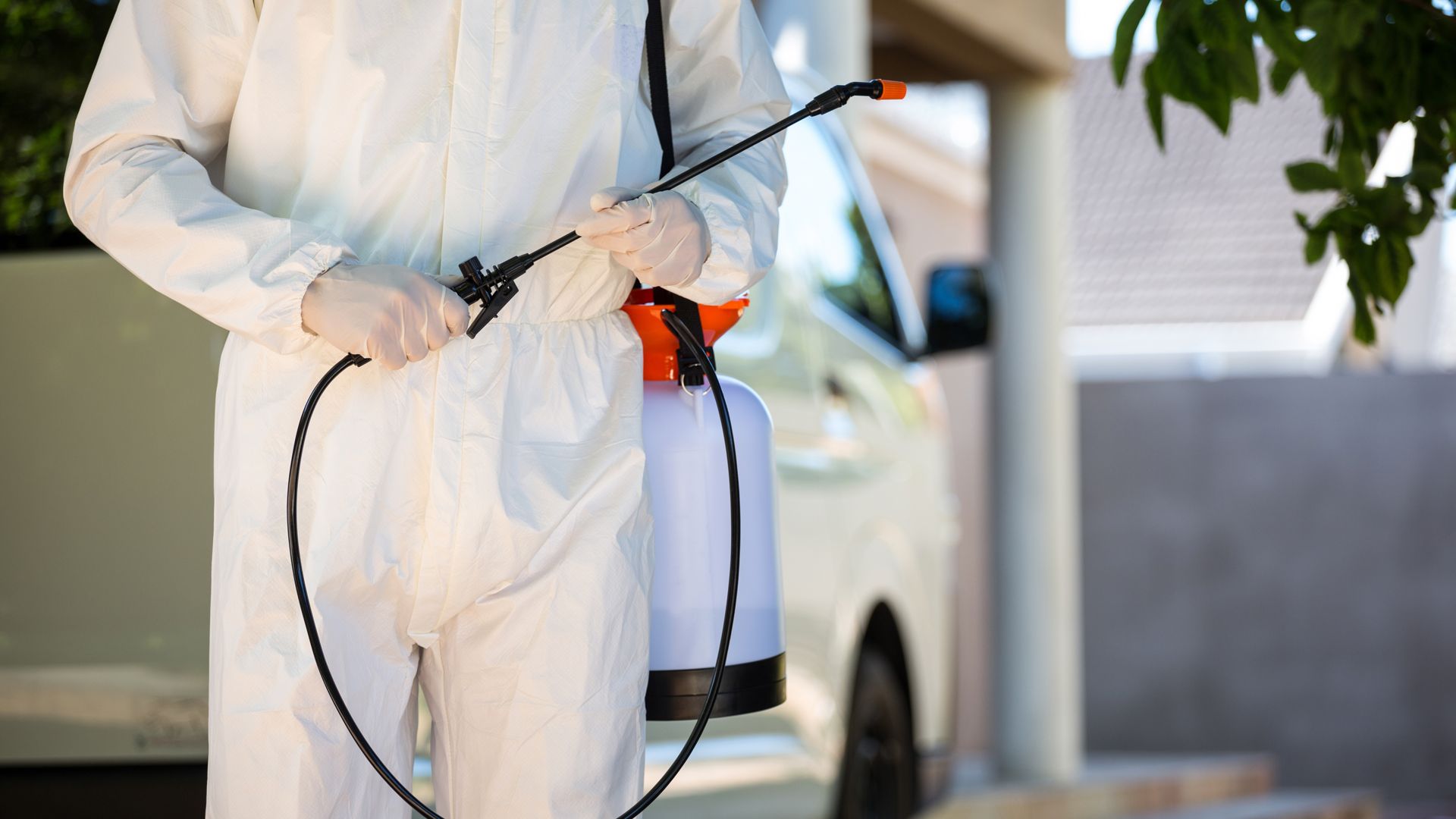The millipede—the pest with a thousand legs—can be a creepy guest to have in your home. These long, cylindrical pests often appear in basements, attics, garages, and closets. They’re nocturnal, so they will startle you at night.
Are these pests dangerous? More importantly, how can you keep millipedes out of your Austin home? This guide walks you through important millipede information and ends with some easy-to-follow steps for preventing their entry into your home.
Identifying Millipedes
Though millipedes are often referred to as pests with a thousand legs, they don’t actually have a thousand legs. There are several species of millipedes in the United States. The number of legs they have can range from just 30 pairs of legs to over 300!
Millipedes can grow to be over four inches long, and they can be brown, black, or even orange or red in color. They have antennae and very round bodies.
Millipedes eat decaying plants and occasionally dead bugs. They need high levels of moisture in order to survive. This means that if they’ve made it into your home, it’s because you have a moisture problem.
Millipede Dangers And Problems
Millipedes don’t often live in homes for long. They need a food source and a lot of moisture. But while they are inside, how worried should you be? Although millipedes look creepy, they aren’t dangerous pests. They are, however, a nuisance and shouldn’t be welcome inside. Millipedes can be difficult to get rid of and they can sometimes appear in large numbers. Additionally, millipedes may irritate your pets, and in some cases, they can cause irritation on humans’ skin through direct contact.
Prevention Tips For Millipedes
Here are some steps you can follow to try and minimize the number of millipedes in your home and prevent their access in the future.
Reduce the moisture levels in your home. This is the most important step to take if you are seeing millipedes in your home. Use a dehumidifier in damp areas and make sure your home is well ventilated.
Check for leaks and water damage. This fits in with the idea of reducing moisture. A leaky pipe or hole in the ceiling could be adding to your home’s moisture. Even if you fix the leak, water-damaged wood will continue to provide moisture to millipedes and other pests.
Clear out your garbage. Millipedes are attracted to decay and may hang out around garbage cans. Make sure that both your indoor and outdoor trash containers have airtight lids and are stored in a clean space.
Organize storage areas. Millipedes look for places to hide and may be attracted to cluttered areas such as basements or garages where there are plenty of nooks and crannies. Counter this problem by keeping all stored items inside plastic containers, well organized, and stored on shelves.
Water your yard in the morning. This allows the ground and plants to fully dry out during the day and reduces moisture.
Clear your yard of debris. Debris such as leaf piles, firewood, logs, and even cardboard boxes can attract millipedes. Once they’re in your yard, it’ll be much easier for them to get into your home.
Partner with Roberts Termite & Pest Control. When it comes to protecting your home from termites, sometimes it isn’t enough to fight the battle alone. Instead, partner with the professionals for long-term pest control that will keep your home safe from millipedes and other pests.
Reach out to Roberts Termite & Pest Control today for prompt, professional assistance.

